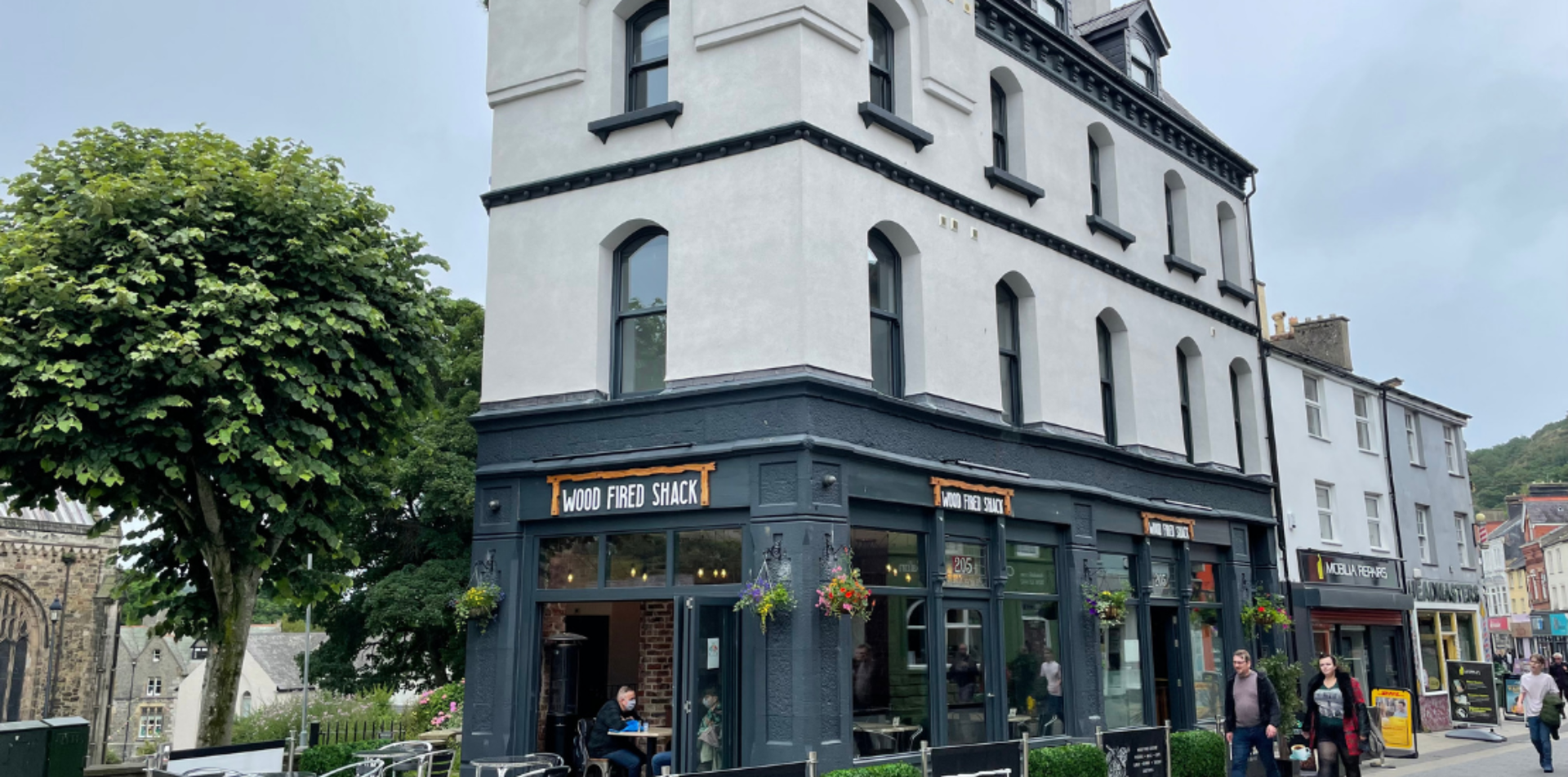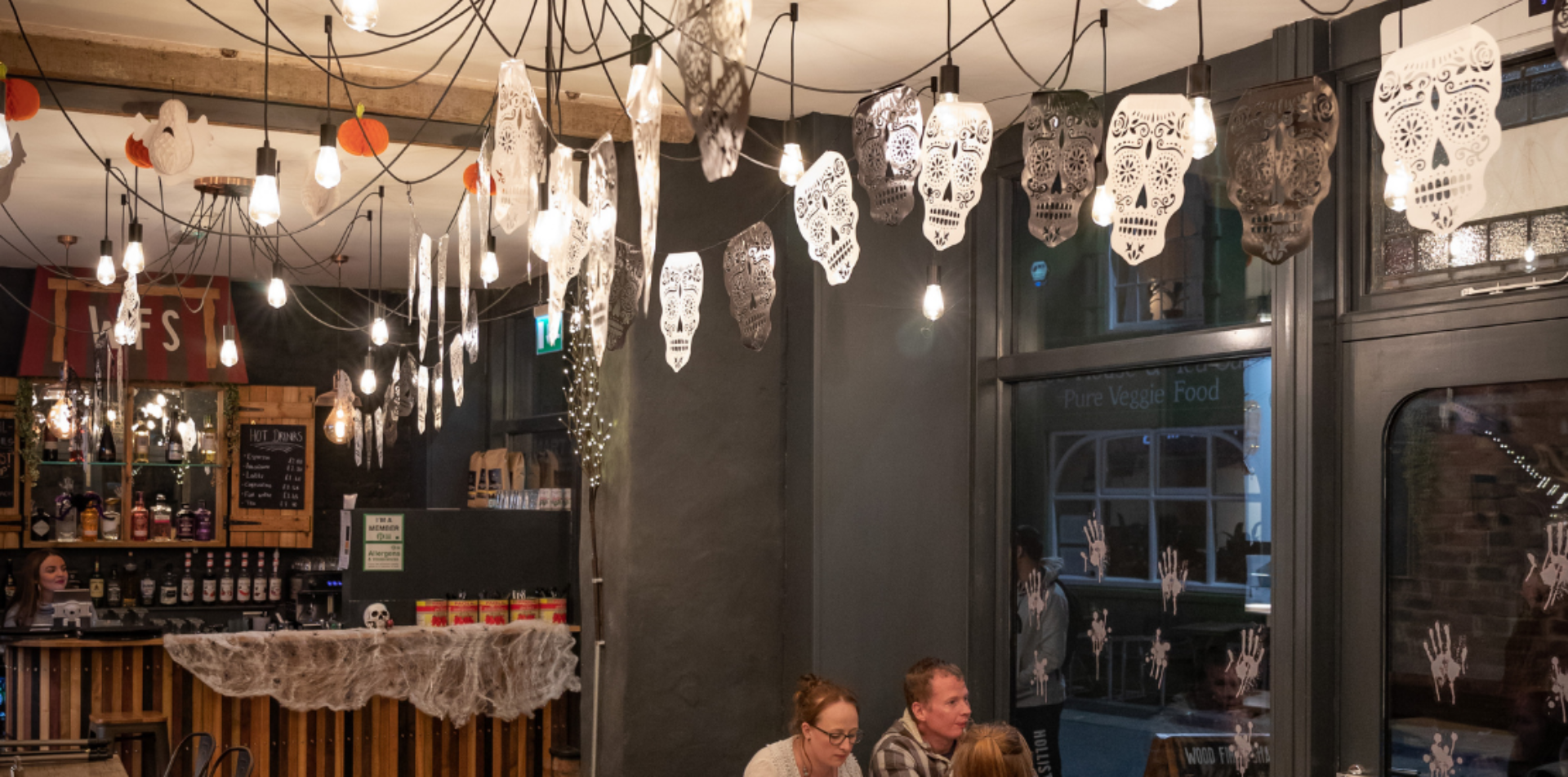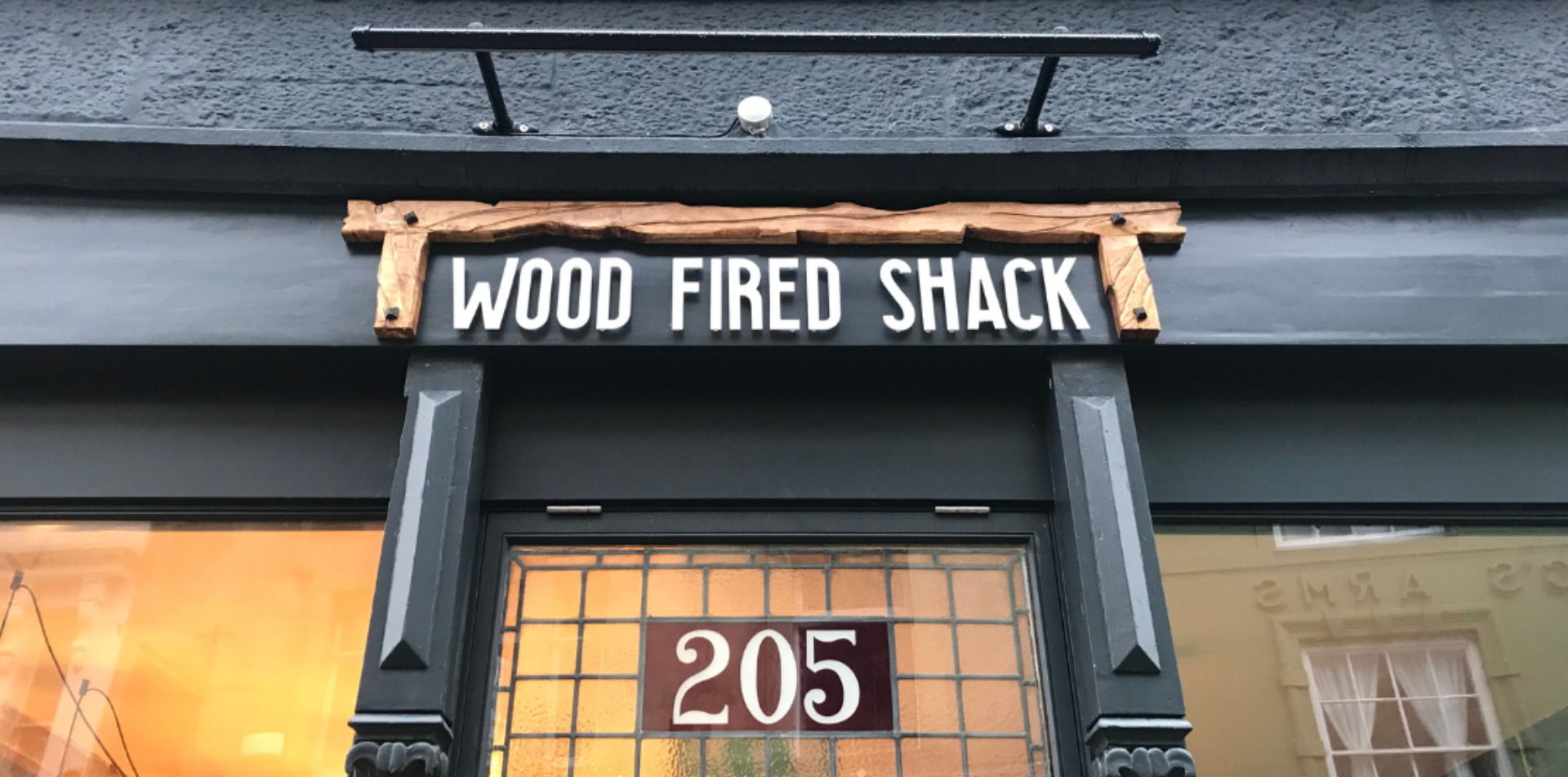High streets are changing and the buildings within them need to change and adapt to suit the new trading environment, and this building was no different. With an unusable basement to the lower ground floor and 3 floors of unwanted storage/office space to the floors above, change was needed to secure the building’s future while also making the building financially viable.
Situated within a conservation zone and located right next door to Bangor Cathedral, this was a project that was going to require a sensitive, sympathetic and restorative touch, but at the same time involve major structural alterations to repurpose the space.
The brief was to maximise the space in the 3 floors above the commercial unit to create modern, spacious and attractive residential accommodation, reclaim as much of the available floor space as possible to the ground and lower ground floor commercial areas, while retaining and restoring original features and the character of the building.

Derelict, untouched for a decade, a confined site on a busy high street, steeped in history and dating back well over a hundred years; this was not going to be a straightforward job, but if there’s one thing we like at VL Projects, it’s a challenge.
Following the site set up, welfare facilities and necessary health and safety notifications, work began in earnest. To all floors, several major internal masonry walls were removed and replaced with steel beams, allowing our design team the freedom of 3 open plan floors to fill with accommodation, communal facilities and the necessary heating, hot water and fire safety equipment. The design team concluded with a plan for a 2-bedroom penthouse apartment to the top floor, followed by 6 studio apartments to the 1st and 2nd floors.
New dormer windows were constructed in the roof space to give a light and airy feel to the penthouse apartment, framing the amazing views of Bangor Cathedral and across the city. We used UPVC sliding box sash windows to all floors (excluding the main shop windows) to retain the original look of timber windows but still provide the environmental and low maintenance benefits of UPVC.
The original staircase with its curved hardwood handrail was a significant architectural feature of the building and definitely worth keeping. It was protected, retained and then lovingly repaired by our skilled joiners, following some serious butchering from previous owners.
Layers of insulation and some high-tech heating solutions, coupled with great design, produced an incredibly efficient, economical and desirable property to live in.
Externally, the exquisite decorative mouldings were painstakingly stripped of their old flaking paint by hand and repainted, with all rainwater goods replaced and a new coat of Webber render applied to the masonry. To the rear yard a new facing brick wall was constructed along with a slate slabbed patio area. A new steel bridge and staircase to the bin storage area was installed along with the sprinkler tank and pump housing.
Within the commercial space the basement was excavated providing the necessary head height to create usable floor space, and drainage installed to facilitate additional toilets and a commercial kitchen. Exposed brick and stone featured heavily in our design along with high ceilings, a new industrial steel staircase and restored wooden floors.
As a corner plot, the ground floor was blessed with lots of large south facing windows, great for a café/restaurant, and after installing some structural steels to secure the window openings, new hardwood timber windows were installed along with a large bi-folding door to open the space to alfresco dining on the street outside, an asset for any business on the high street.






During our initial strip out of the building we able to retain many of the original features of the existing shop frontage and incorporated these back into the design. The original stained-glass window numbers were removed, cleaned and then encapsulated into the new double-glazed units, preserving a piece of history for many years to come.
This project was a significant challenge for our design and construction team; the restrictions of the site, the age of the building, the volume of works required and the tight time frames to deliver in all adding to the complications. However, after 18 months of detailed planning and construction works the project was delivered on time and to budget, and even if we do say so ourselves, it is something rather special and a real asset to the high street. A project we will never forget.

